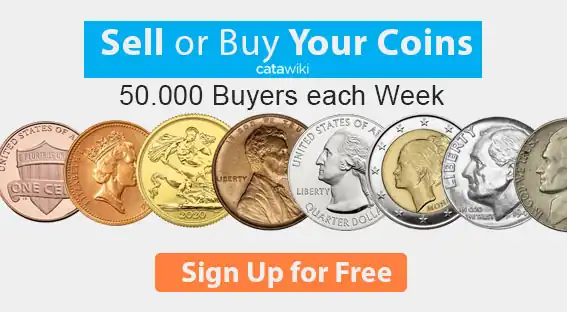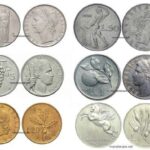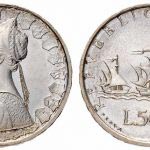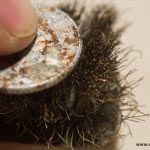On this page, we will discuss Chinese coins; but first, let’s provide a brief introduction.
The Chinese currency is called Renminbi, which literally means ‘currency of the people’. It is the actual currency in use in the Republic of China. Now, the official abbreviation is CNY, while the commonly used abbreviation is RMB.
Introduction to Chinese Coins
The basic unit of Chinese currency, the yuan, divides into 10 jiao. Each jiao further breaks down into 10 fen, the smallest denomination, equivalent to cents. The biggest one is the 100 yuan banknote.
Yuan in the popular Chinese language means “round” or alternatively “round coin”. This indication is a clear example of how the Chinese language has a very strong impact on the name of what is also the official currency.
As for the symbols, in addition to those already seen, very often shops use a Y with two bars on top. This symbol indicates the price, even though it is not completely recognized officially. In fact, according to the Unicode coding system, this symbol would identify the Japanese currency Yen.
History of the Chinese Coins
In order to better understand the characteristics of the Chinese coin, it is necessary to retrace its history.
As we all know, the oriental world is able to hide charm and mystery around its legends and traditions. Also in this case, the Chinese coin or currency if you like, is not exempt from this fascinating past.
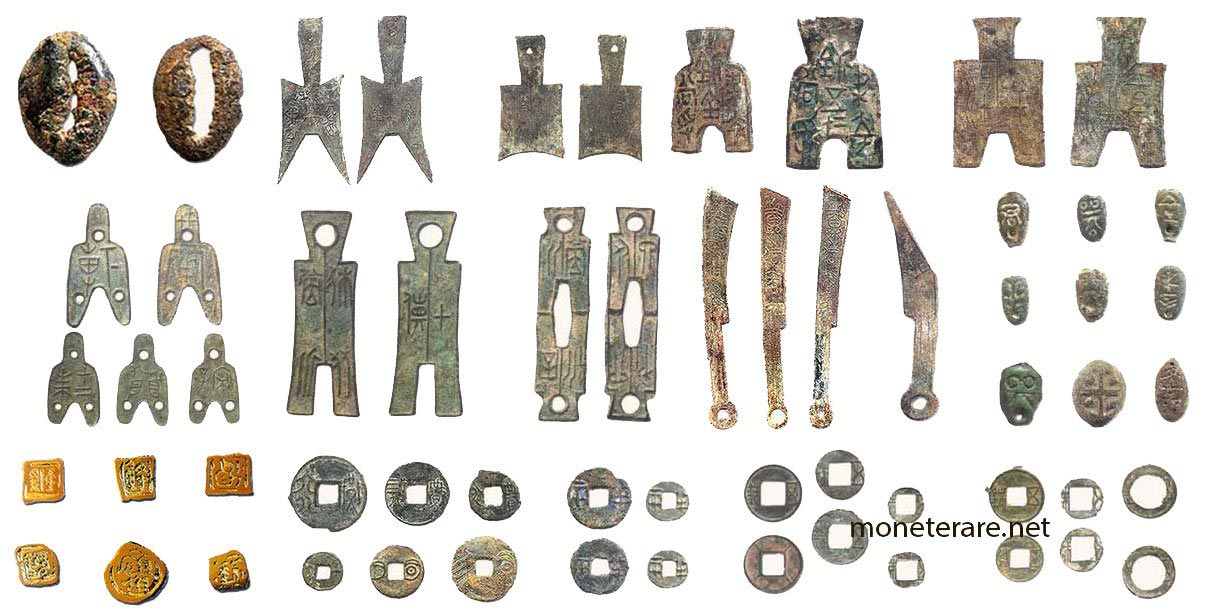
Origins of the Chinese Coins
Before talking about the Renmimbi and in general about today’s Chinese currency, it is essential to retrace what has been the “path” of the Chinese economy up to the present day.
In this regard, it is essential to know that in ancient times China had no monetary system. Like many other countries, China used barter and shells as means of exchange or payment.
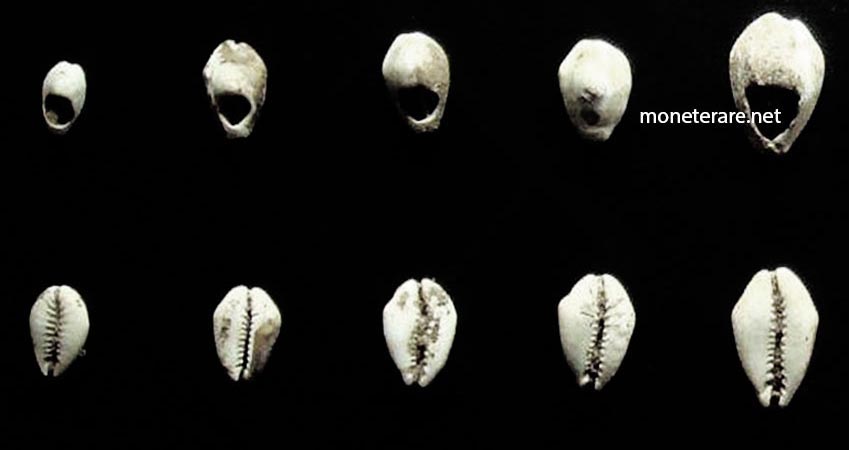
In the first case, as we know, we are talking about a very simple economic system; we exchange goods and objects in exchange for other goods and other objects in an exchange considered on an equal footing between the two traders.
In the second case, people used shells as real coins, which, despite their significant limitations, had enough purchasing power to obtain food and various tools.
Starting from the second half of the XII century B.C., the Chinese Empire witnessed a real introduction of an early coin.
In that period, in fact, they began to exploit the metal, in particular bronze, to create small objects that play the role of today’s coins.
These coins take the shape of a shell once again and lack any engraving or writing that could identify them. A form of minting decidedly primitive but that begins to mark the path to future civilization.
The earliest Chinese coins
We can officially speak of the first Chinese coins only from the end of the 12th century B.C. It was in this period that, under the Zhou dynasty, the first ancestral forms of Chinese currency began to spread.
In particular, these coins abandoned the shell shape and adopted forms representing objects and tools of mass consumption. It was not uncommon at that time in fact to pay with coins in the shape of shovel, spade or knife on which began to appear even the first engravings.
People also called them “spade coins” or “knife coins” because of their shapes.
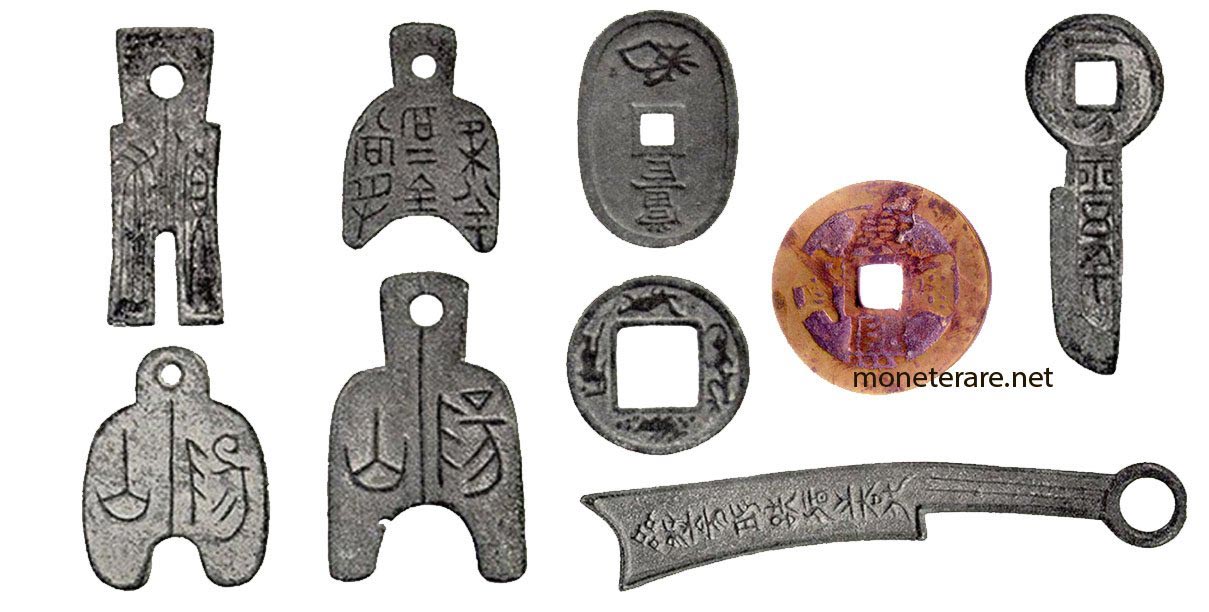
In addition to the symbols of heaven and earth, people began to notice information like weight and authority.
These types of Chinese coins saw their greatest development in the period between 770 and 476 BC in the so-called “Warring Period”. Between 771 and 250 BC, people created a coin shaped like a “shovel chan,” an ancient agricultural tool that gained significant popularity.
In the following periods, people produced many currency variations in a wide range of forms.
From the 4th to the 3rd century B.C., people produced coins shaped like door arches, which strikingly resembled Korean coins.
From the 3rd century onward, they produced human-shaped coins which were larger or smaller in size and elongated or shrunk in shape according to the area they belonged to.
If you own rare coins like these (or even other rarer coins), you can have fun and make money by auctioning them online. We always use this partner site to buy and sell coins at auction. It’s the largest online coin auction platform, and we highly recommend it. Auctioning coins, whether selling or buying, is easy and exciting
Unification of China and the first round coins
A period of unification, marked by a long process, followed this economically and monetarily confusing era. In particular, under the dominion of Emperor Qin Shi Huangdi in 221 B.C. there was a cultural unification of the whole Empire which began to become a single economic power and not only.
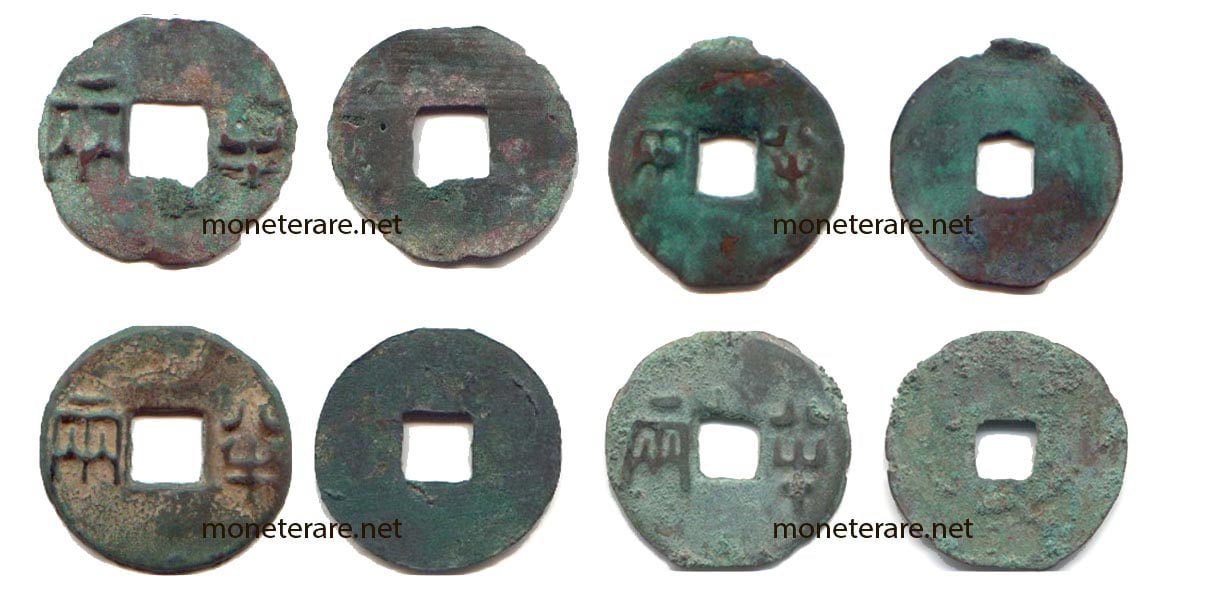
During this period, Chinese coins called “ban liang” also began to circulate. They were made of bronze and had a round shape for the outside with a hollow square inside. This was probably made to save metal.
Other legends have it that the two symbols (circle and square) represented the sky and the earth respectively, two elements irreparably united and hoped for at the same time. In addition, the inner hole allowed for easier transport of coins by going and inserting a thread of linen or cotton to tie them together.
This shape for Chinese coins remained unchanged for over 2,000 years, lasting until the end of the Qin dynasty in 1911 A.D.
Development of the Chinese Coins
In the period of the Song and Tang dynasties from 618 to 1279 A.D., the coins begin to show scripts and engravings.
More specifically, most of the coins are inscribed by famous poets or artists and usually bear phrases of peace or philosophy. Each coin may contain two or even four different coins depending on the denomination.
This historical period is considered a time of significant development for currency, the economy, and Chinese social life overall.
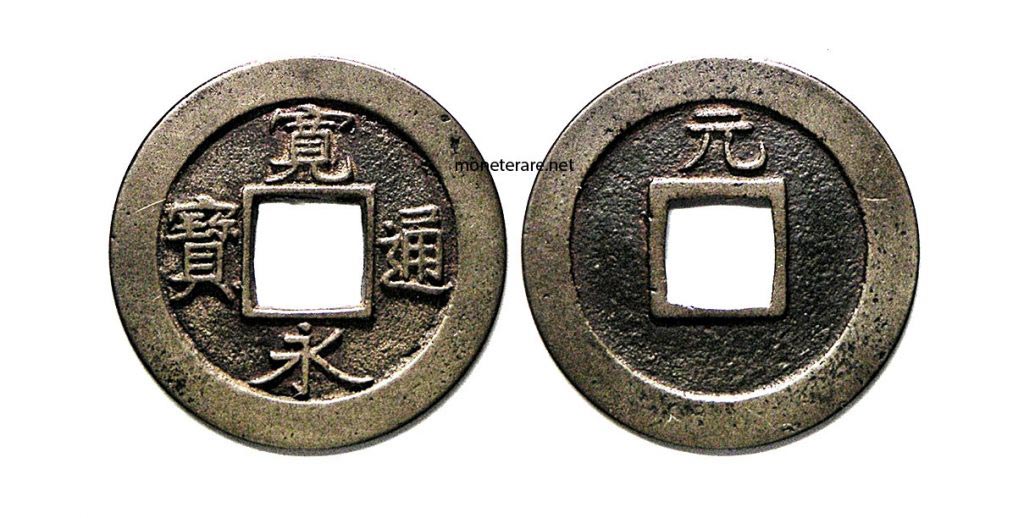
From the 10th to the 12th century China, particularly the northern part, was occupied by nomadic and barbaric tribes. It was these tribes that together with the Mongols, who occupied China a century later, began to issue different currencies.
Estimates suggest that from the mid-nineteenth century, people issued around 5,000 different types of coins, covering virtually all varieties.
Notably, the Chinese currency remained unchanged over many centuries, unlike that of other countries.
The guiding principle in minting these coins was always to adhere to tradition. In fact, it had to present, always and in any case, signals that could lead back to religion and beliefs.
Modern history of Chinese Coins
After this journey through the centuries, we can now arrive at the present day. This allows us to fully understand the evolution of today’s Chinese currency.
The renmimbi was first introduced to China in 1949 shortly before the victory of the Communist forces. At the same time, strict rules and regulations were established regarding trade and the value of the currency itself. We can say that, with rare exceptions, the value of the currency has remained at the rate of 2.56 renmimbi per U.S. dollar almost always.
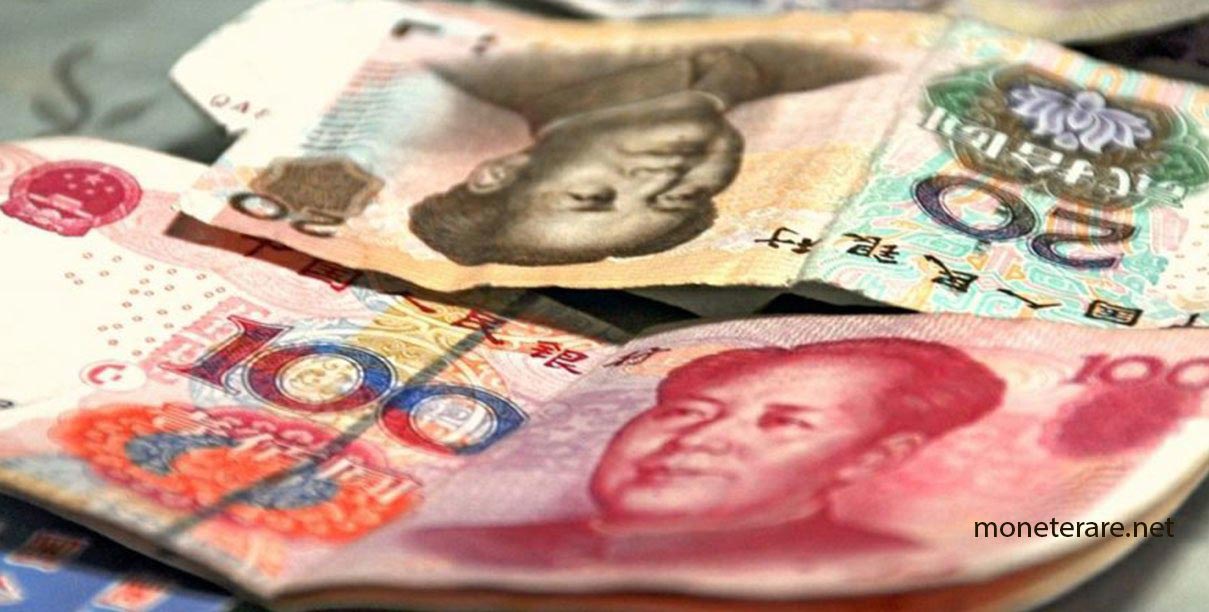
A wave of change only took place towards the end of the 1970s and the beginning of the 1980s.
During this period, Chinese society and culture experienced a sudden opening toward the Western world. People began to view it with completely different eyes.
The renmibmi in fact became much easier to convert and the laws less rigid and more oriented to openness towards other cultures.
Between 1997 and 2005, the exchange rate of the renmimbi against the U.S. dollar continued to change, reaching 6.38 per USD. In a nutshell, an RMB was worth about 13 cents of a dollar. With the passing of time and years, however, internationalization and globalization favor an increasing opening also on foreign markets.
For this reason, in 2013, authorities officially declared the Chinese renminbi the second most traded currency after the dollar, surpassing the Euro and the European Union.
In addition, the Chinese currency is also one of the most widely used in international trade. In fact, according to 2014 statistics, China is the country “responsible” for 12.4% of international trade worldwide.
Collecting and history
As we have seen the history of the coin in China is seasoned with many interesting nuances. These have allowed an economy so closed and limited to its national territories to become one of the largest (if not the largest) economic power in the world.

Certainly the development of currency has gone through many centuries of history in which changes and social changes have been fundamental to its development.
It is enough to think of the raw coins in the ancient period in the shape of tools and those bearing phrases and poetic maxims of the immediately following periods.
In any case the numismatics also as far as the Chinese coin is concerned is very active and interested in what have been the various types of coins of this fascinating country. Naturally as far as the ancient chinese coins going back to centuries and centuries ago are concerned we speak of pieces from museum not collectible but, for those more today, the search and the collecting are incredibly active under this point of view.
You did not find what you were looking for? Check these topics:
- If you are looking for Euro Rare Coins then click here.
- If you are a numismatist and you want info on 2 Euro Commemorative Coins click here.
- The Rarest Lira Coin and their great value has been dealt with here.
- Pieces and their value of Italian 20 Lire Coin are described here.
- If you want info about Roman and Greek Coins and other Ancient Coins and their value, you can find it here
- We talked about how to clean the rare coins, here
- You will find everything about British Gold Sovereign Coins here.
